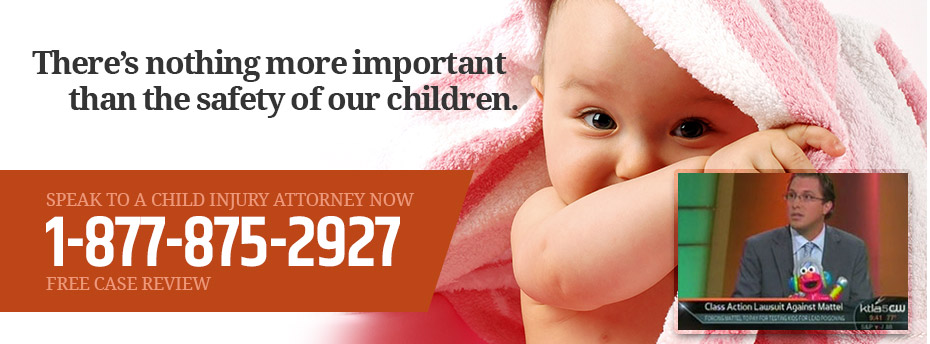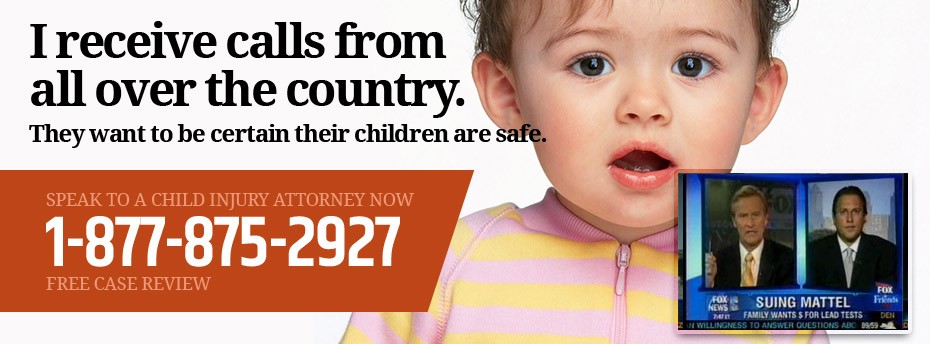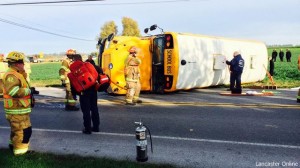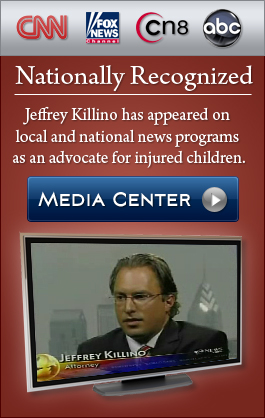Every year, school buses transport 23 million students to and from school. Although school buses are considered safe modes of transportation, they are involved in crashes weekly. About 7,100 children are sent to emergency rooms each year for injuries suffered in school bus crashes, and at least six children die. Despite pleas from transportation organizations and safety advocates, most states and the federal government do not require that buses come equipped with seat belts, putting children at risk of death or serious injury.
The need for seat belts—and which type of seat belts to use—has been debated for decades. Manufacturers have vigorously argued that child occupants are kept safe via “compartmentalization” — a safety cocoon created by high-backed, padded seats and closely spaced rows that keep children from hurling around the bus. All school bus seats must be at least 24 inches tall, strong enough to stay anchored and padded enough to absorb the energy of a child striking them. Since 1976, compartmentalization has been the cornerstone of school bus safety regulations because, regulators argue, it doesn’t require that students take affirmative action, like clicking a seat belt, and it’s easier for children to escape during a fire or a rollover.
The National Highway Traffic and Safety Administration (NHTSA) and seat-belt opponents have also argued that seat belts sometimes cause more injuries than they prevent. That’s because lap-only seat belts (also called two-point harnesses), which were the only type available in school buses for years, have proven largely ineffective at keeping children in their seats and cause internal and spinal cord injuries if they jackknife over them. Since the early 2000s, however, manufacturers have had the ability to install lap/shoulder belts (or three-point harnesses), which are much more effective and safe when used properly. In a 2008 final rule on whether seat belts should be required in school buses, NHTSA found that lap/shoulder belts reduced head injuries by half over compartmentalization and lap belts.1
“[S]eat belts may have some effect on reducing the risk of harm in frontal, side and rollover crashes, as they can help restrain occupants within the seat and not move about in the vehicle interior toward injurious surfaces,” the agency said.
Nevertheless, although NHTSA required manufacturers to install lap/shoulder belts in small buses under weighing under 10,000 pounds, the agency declined to require seat belts on larger school buses, which make up about 80 percent of the buses on the road. NHTSA determined that the added expense of installing the belts might force some school districts to purchase fewer buses, leaving children with less safe transportation alternatives. The agency left it up to states and local districts to decide whether they wanted to require seat belts and, if so, what kind.
So far, six states—California, Florida, Louisiana, Texas, New Jersey, and New York—have created such laws, but with limited results.2 Only California and Texas require lap/shoulder belts, rather than lap belts. Louisiana and Texas have weakened the requirement by underfunding it. Florida also does not fund the program, but its districts have allocated the money. New York does not have a companion law requiring that children actually wear the belts.
In 2011, NHTSA refused to change the regulation, claiming that only two to three children’s lives would be saved each year with lap/shoulder belts.3 But safety advocates argue that data collected about bus crash fatalities is incomplete and that when spouting statistics, federal agencies often ignore the sprains, lacerations, and head injuries that send children to hospital emergency rooms. A 2006 Pediatrics study found that 17,000 children are injured each year during crashes, alighting or disembarking the bus, and jostles on the bus. Almost half of the injuries were suffered in crashes. The study authors noted that lap/shoulder belts might prevent many of these injuries.4
Seat-belt advocates also say NHTSA is ignoring the more serious injuries that can occur when children are ejected from their seats. In 1999, the National Transportation Safety Board (NTSB) evaluated six school bus crashes that resulted in deaths and serious injuries and found that compartmentalization was not enough to protect passengers during side-impact crashes because students can slide sideways on the seats, propelling them into unpadded walls and windows. Nor was compartmentalization effective in rollovers, in which children might fall out of the seat and strike the roof.5 The NTSB reiterated its stance in 2013, when it investigated two separate side-impact crashes that killed 11-year-old Isabelle Tezsla and 10-year-old Aaron Beauchamp, respectively, and injured several other students. Although both buses had lap belts, the NTSB concluded that lap/shoulder belts would “reduce injuries related to upper body flailing commonly seen with lap belts only and, therefore, provide the best protection for school bus passengers.”6
Until manufacturers are required to install lap/shoulder seat belts in school buses, children will continue to suffer injuries—sometimes fatally—that could be prevented. A lawsuit against the manufacturers, transport companies who serve the school districts, and the school districts themselves, may be the only way to ensure that children get the same protection they are afforded in other vehicles.






